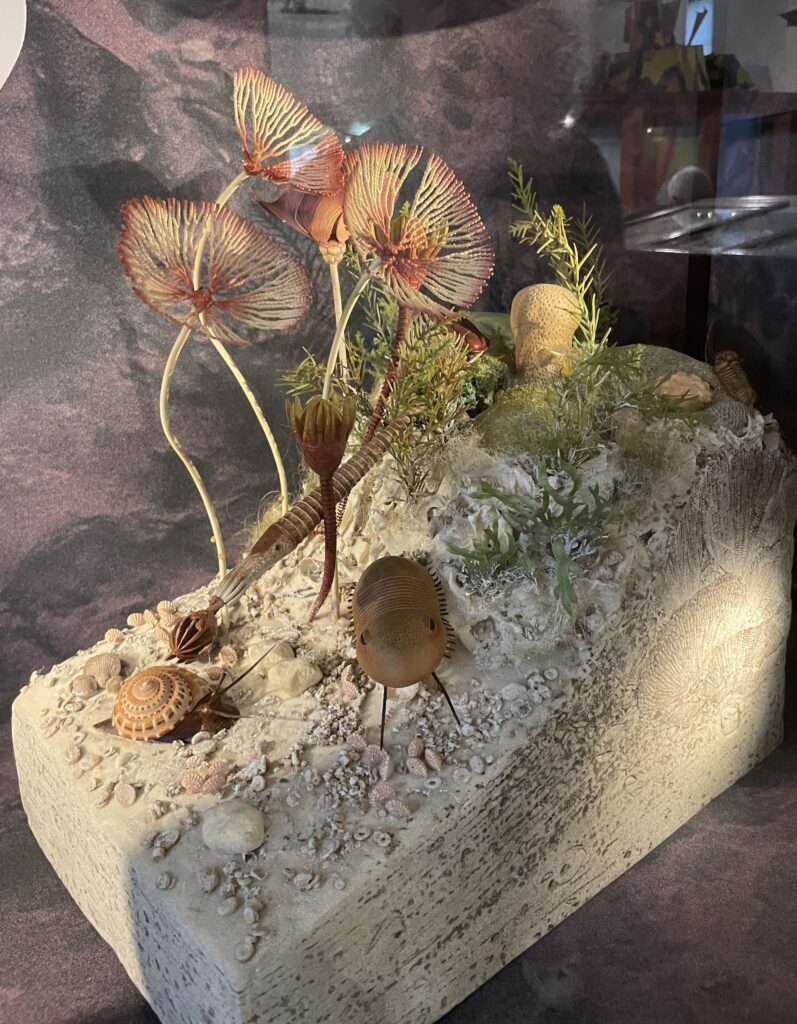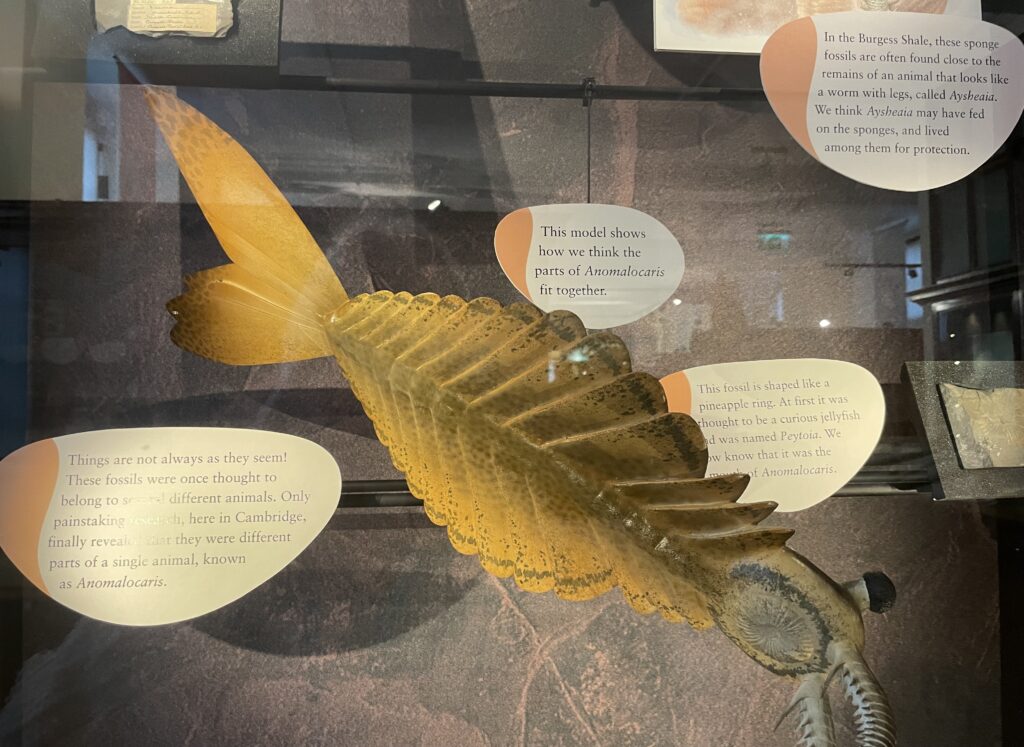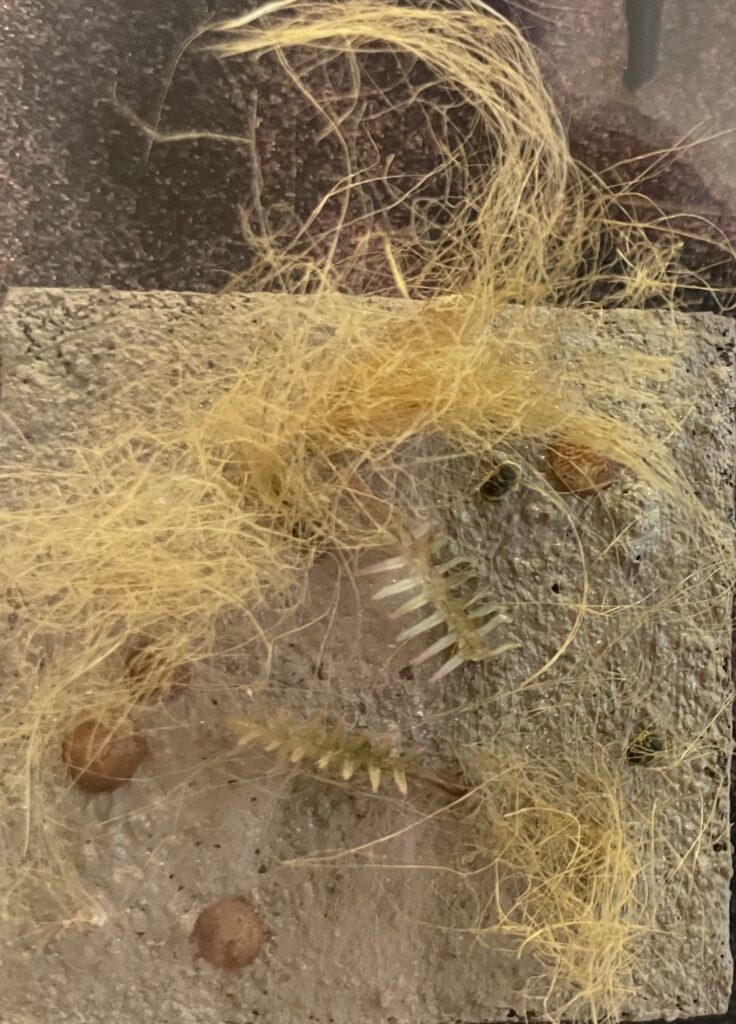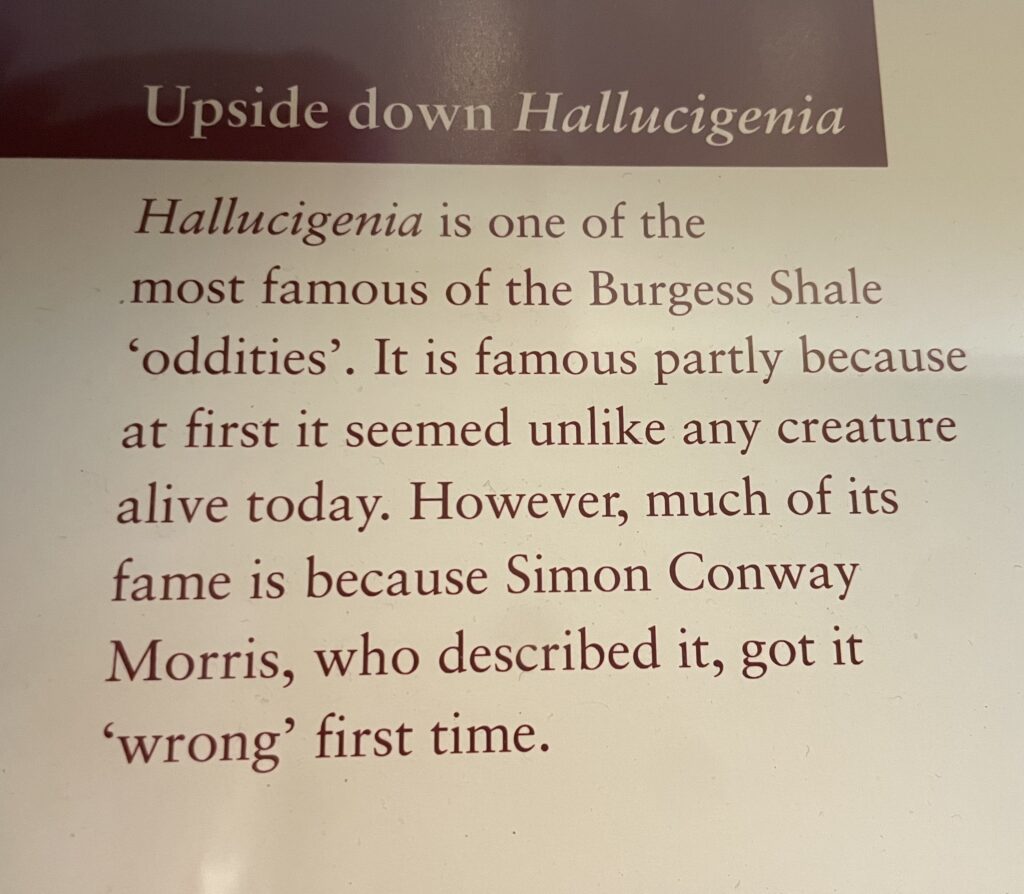What an inspiration! I visited the Sedgwick Museum of Earth Sciences in Cambridge and was very fortunate to attend a tour by the Director, Dr. Liz Hide. Her focus on encouraging young people from varied backgrounds was impressive.
The tour commenced with the equipment Darwin used to collect, classify and examine rocks and fossils. I was unaware that Geology was his first area of study and his methods still form the basis of modern geological exploration.
She then guided us to a central display case, which I loved. Focusing on known and forgotten women in the science, it has a unique, magical twist. It was curated by teenagers on work experience. Alongside people from history who inspired them, the young people were encouraged to place themselves and their own collections. This is wonderful! Not only is the fire of interest lit, it is fueled by a powerful affirmation of them, as individuals.
At a time when the general drift of education is pushing children into conformity, fearful of ‘getting things wrong’ and with a worrying lack of creativitiy in the curriculum, it was very heartwarming to find educators pushing against the tide.

As the tour of ancient fossils and reconstructions of the amazing Silurean Sea continued, it was emphasised that science is all about pushing against the tide.

The Burgess Shale displays were compelling. Amazing, fantastical creatures were reconstructed showing the wealth of sea creatures discovered in this unique area. Due to the conditions at the time, these creatures were preserved as full bodies, not just skeletons, enabling us to have a window on sea life around 510 million years ago. My imagination went wild.

The fact that scientists are explorers and are constantly open to revising and changing their opinions was beautifully portrayed in the example of the Hallucigenia.

It concluded with Dan Pemberton guiding us through the drawer collections of Adam Sedgwick (who gives his name to the museum). Debunking the theory that fossilsed rocks had ‘grown,’ he proved that they were actual animal remnants turned to stone. A couple of centuries on, it’s hard to imagine people even thinking that. However humans have this nasty habit of creating a world view and trying to stick to it. Unfortunately, it is still a revelant topic.
Throughout the tour, Dr. Hide emphasised how the museum works hard to be relevant, friendly and available to everyone: from mothers and babies, to toddlers, teenagers, to research students and even ageing fossils of humanity like myself! Her goal is to foster and inspire a love of the earth sciences in all. Through an interest in the past, we can discover solutions for the future.
A woman after my own heart.
Do visit if you are in Cambridge. https://sedgwickmuseum.cam.ac.uk/ It is a warm and welcoming space to let your mind expand.
« Back to blog page
